UPDATE! There’s a new post up on planting for privacy – be sure you check it out!

My name is Dave Marciniak and I hate Leyland Cypress. It’s unattractive before it fills out, it’s no prize once it does fill out, it gets way too big (30′ wide and 50-60’+ tall) for the suburban lots on which they’re planted, and bagworms consider them a tasty snack.
I’ll admit that Leylands are, in part, an easy target for my ire because they’re often used in a really boring manner. I get that you have an unattractive view you’re trying to screen, but lining up as many of a single plant as you can plop in the ground is just boring. Emerald Green Arborvitae is another plant used this way.
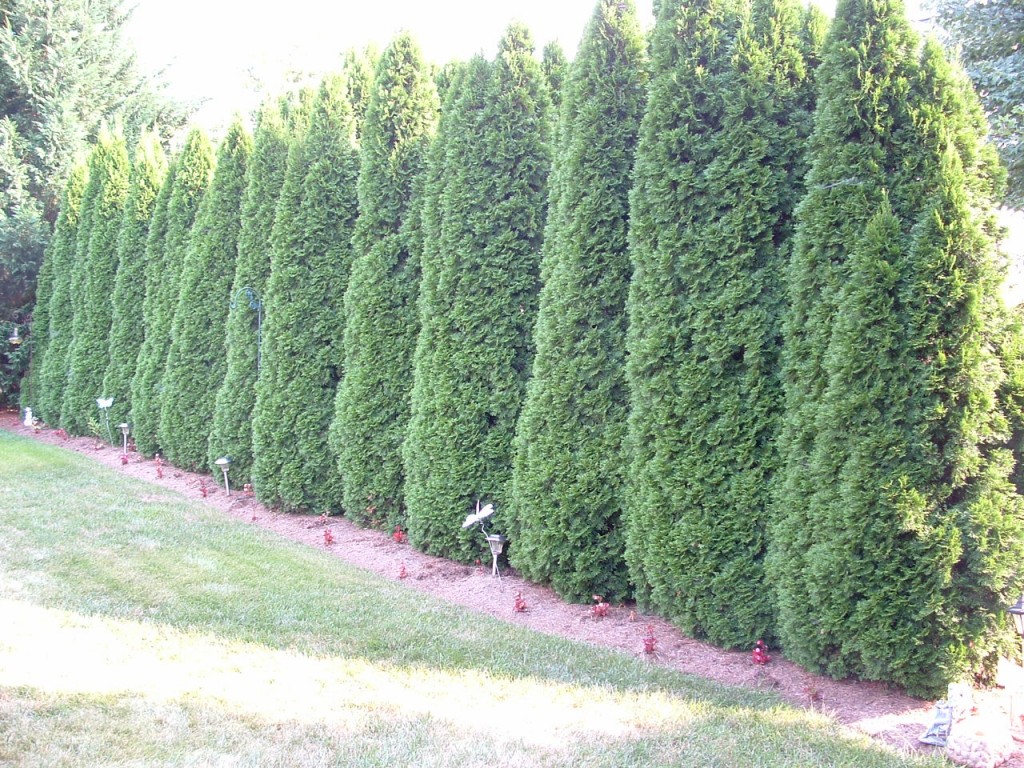
See? One more reason not to browse the web on your phone while driving – you might have just fallen asleep and wrecked your car, thanks to this photo.
It’s the same problem at any scale. Our friends over at a local winery wanted to put up an evergreen screen along an edge of their property that they may end up sharing with some new neighbors. Can’t say that I blame them. Who would want to give up a view like this?
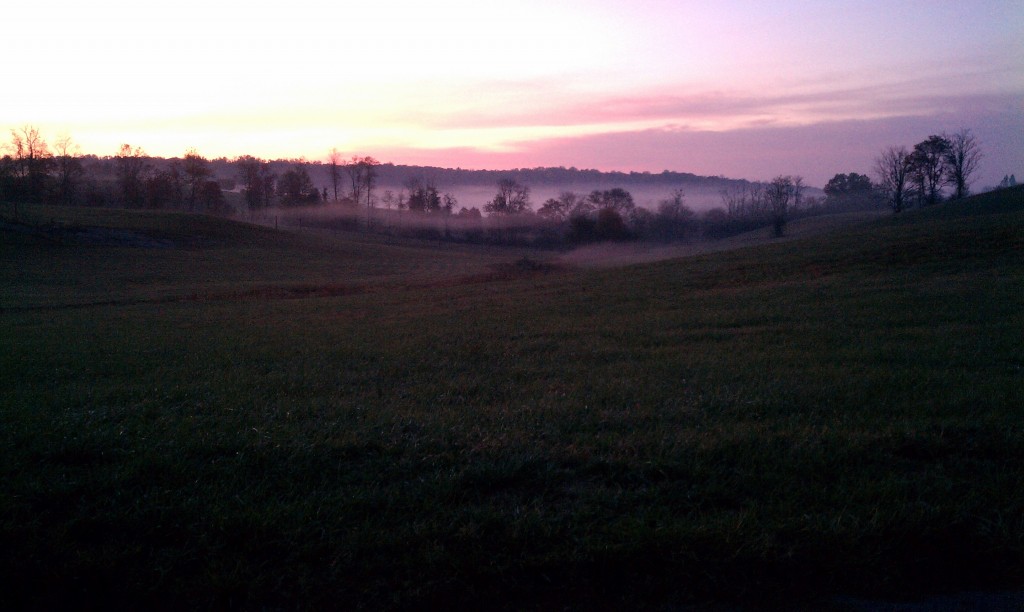
Anyhow, a local nursery recommended throwing a row of White Pines across the property line. Yawn. You’re a nursery, do better! So I developed this plan for them:
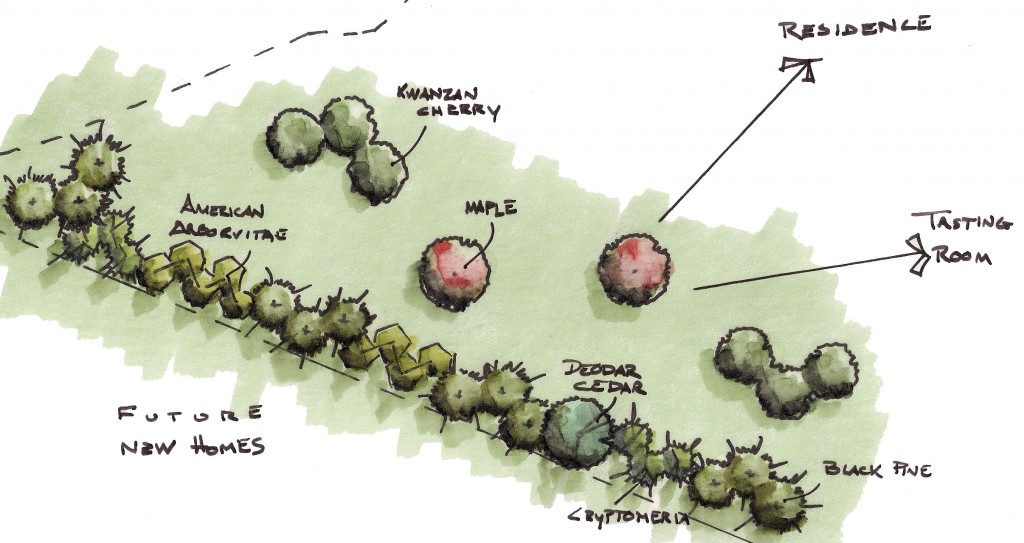
Let’s look at each plant I used here:
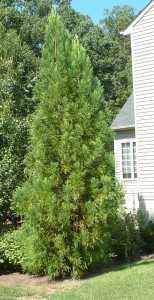
1- Cryptomeria japonica ‘Yoshino’: I’ve talked about this one before, as it’s a favorite. With an eventual height of 30-40 feet and a spread of 12-20 feet, it’s a well-behaved tree that will hide a multitude of sins in the neighbor’s yard. It’s a quick grower, too.
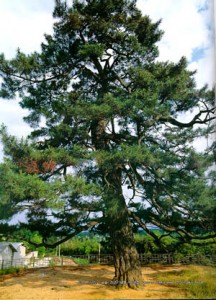
2- Black Pine: A tougher pine than the common builder’s favorite, white pine, the black pine will easily grow to 20-30 feet or more, with a similar spread.
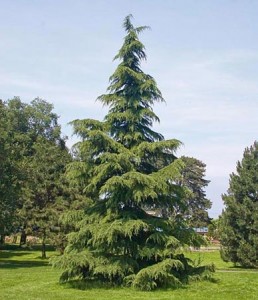
3- Deodar Cedar: Bluish-green foliage and a height of around 50 feet make this tree an interesting specimen to mix into an evergreen screen.
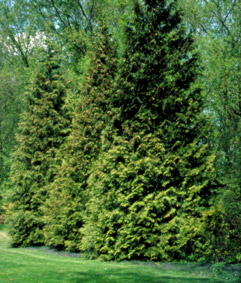
4- American Arborvitae: this is a great choice for narrow locations too. Overall height ends up around 25-40 feet, with a spread of 10-15 feet.
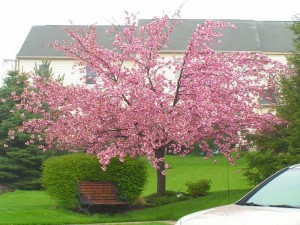
5- Kwanzan Cherry: Now wait, you say, this isn’t an evergreen! And that’s true. Part of eliminating a problem view is blocking it; but another component is misdirection. When these trees get covered in their gorgeous pink blooms in springtime, no one’s going to be looking at what’s beyond.
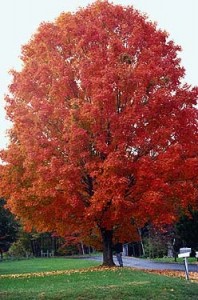
6- Maple: We actually used a Commemoration Sugar Maple, which gets a great blaze orange color in the fall. At 50 feet tall and 40 feet wide, this will be another great foreground tree throughout most of the year. These and the cherries allowed us to create a layered planting, which makes it look more like a farm windbreak and less like a suburban “hide the neighbors” screen.
The bottom line is that just because you have something you want to hide from view doesn’t mean that the best way to do it is with a single, straight soldier row of the same boring plant. Play with texture, play with color, and use some tricks that not only block the view but give the eye a reason to look somewhere else.
Unsure of where to start? Give me a call or email to set up a consultation, and I’ll help you get started.

Ugh. Arborvitae as a substitute for Leyland cypress? Just as f-u-g-l-y. Prefer a few other options.
BTW, no amt of “misdirection” will captivate nosey obsessed neighbors. Well, maybe a giant big screen running continuous porn or something…..
Look my friend I would love to argue with you but in 46 years on this planet I have yet to hear someone say “damn, son, that is one sexy arborvitae.”
What type of hedge/ tree could be utilized in arid climates? We need something that is also wind tolerant.